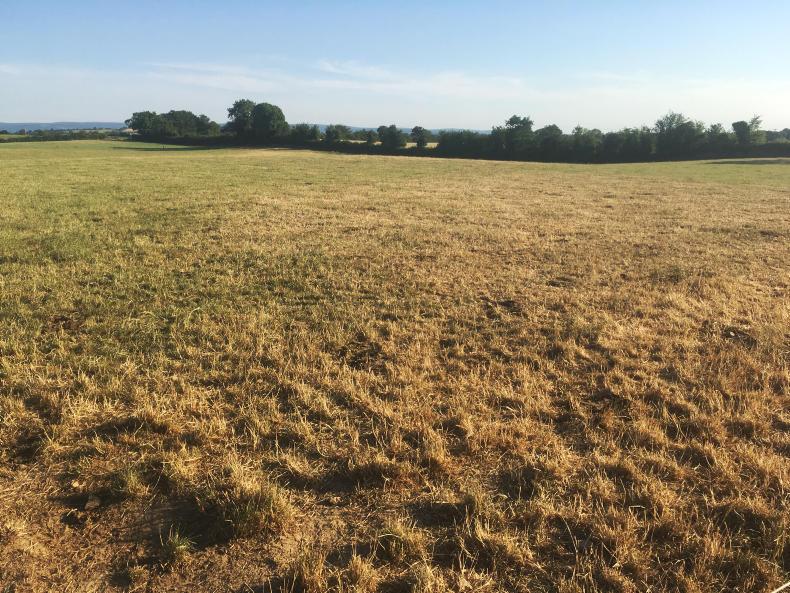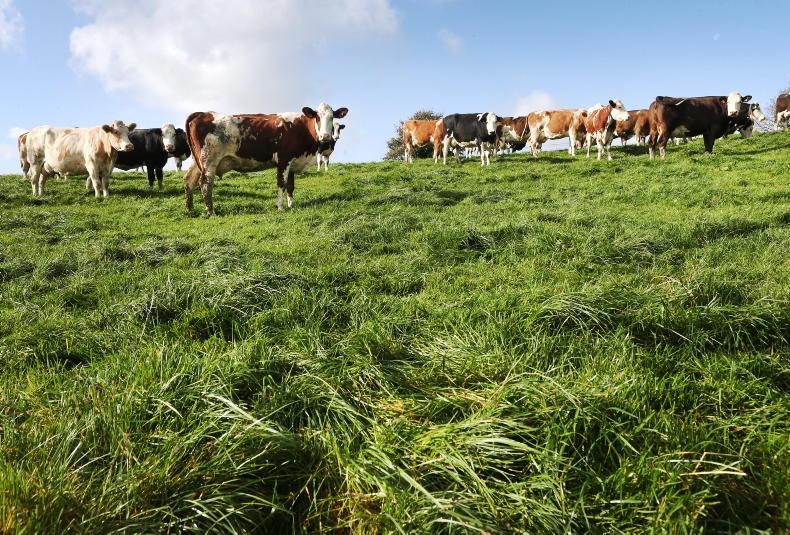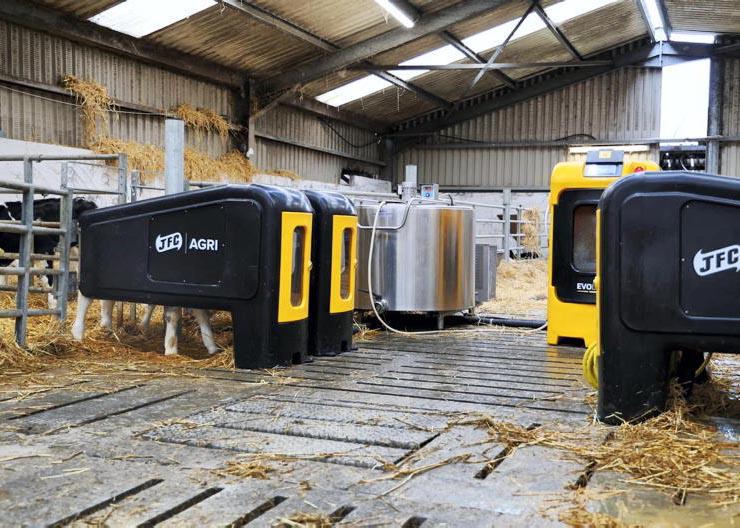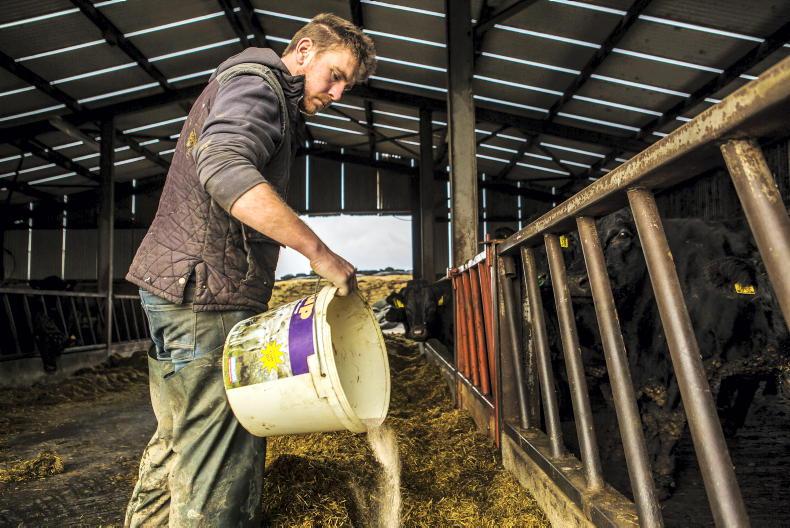Dealing with Drought
The current dry conditions look set to continue well into next week, with no rain forecast for at least another five days. Even when rain does come, it’s going to take some time to get back to normal, so it’s important to take some action now to help reduce issues further down the line. If silage supplies are already very low, look at the option of offloading some cull cows or housing and finishing on a high-concentrate diet. Autumn-calving cows should be weaned at this stage and cows can be housed or restricted on a paddock/field.
On Tullamore Farm, cows have been restricted to two paddocks and are being supplemented with round-baled silage. Store cattle are getting 3kg/meal/head/daily and calves are getting creep at the rate of 2kg/head/day. Calves have also access to grass in the next paddock via a raised creep fence. Water is an issue on one part of the farm. An IBC tank full of water is being used to boost supplies daily. Make sure plastic drinkers are secured well as, if they are slow to fill, animals can knock them over. Fertiliser spreading should cease, with no more spreading to take place until rain is forecast.
Health issues in heat
Check stock regularly and know the signs of heat stress and pneumonia. I was on a few farms in the past week where sore eyes have been an issue. This may spread where meal feeding is carried out and needs to be treated to prevent further infection. A simple penicillin treatment should work but seek vet advice before you treat. Watch out for mastitis, with fly activity very high in the past few days. In-calf heifers can also be at risk so it’s important to take some precautions such as applying tar, pour-on, fly tags or garlic licks to prevent it. Once animals have access to feed, water and some shade they will be content in the current conditions. Conception rates may be lower in the current hot temperatures. Bull activity may also be lower.
Creep feeding weanlings – Does it pay?
Creep feeding has started on many farms due to the weather situation. If cows have adequate milk and you have a good supply of quality grass, you may get good calf liveweight gains, but on many farms milk yields will be low and grass quality is questionable from July onwards. You can expect a conversion rate of 6kg meal to 1kg of weight gain if 2kg are fed across the board to bulls and heifers. Bulls will have a better conversion ratio. If we take current weanling rations at €270/t, that means it costs €1.62 to put on 1kg of liveweight. Weanlings are currently making €2.50/kg-€3.00/kg depending on quality so it’s a positive return. Weanlings for sale will benefit most from extra feeding.
Aim for a simple ration with a good cereal like barley, a source of digestible fibre like soya hulls or beet pulp and a good protein source like soya bean meal. Allowing calves to creep graze into adjacent paddocks will help to boost weight gains and also help to reduce the cow-calf bond in advance of weaning.











SHARING OPTIONS